An amplifier is a specially designed mechanism that improves the bass output and prevents sound distortions. But, amplifiers are expensive and require a lot of maintenance too. If you are not ready to shell out a large chunk of money for a subwoofer amplifier, you need to think of alternative ways. You can easily amplify using different techniques. Here are some alternative ways of amplifying the sound output of a subwoofer box-
How to Make Subwoofers Louder Without an Amplifier
1. Position Your Subwoofers Properly
Positioning a subwoofer differently can easily increase its noise output. So, if you want to gain the ultimate sound experience, you may need to adjust the woofer as per the recommended position. Usually, the subwoofers are placed in the corner of the home. But, that may not be ideal in every case. If the subwoofer is placed in the corner of the room, it gives out the highest bass sound output. But, due to placement, not everyone will get even bass output experience. Some people may hear fewer sounds. But, corner placements are the easiest way to receive six decibels of bass output without an amplifier. If you want to even out the bass output so that everyone gets to hear the equal sound, you need to place it in the centre of the home. Such placements even out the bass response, creating equal sound output in every part of the room. If you have a small home, try to place the woofer with at least three inches gap from the wall. It is a recommended position for rear-port subwoofers. If the worm has a different shape other than a rectangle or square, try to use asymmetrical position for the subs, It will offer the loudest possible bass outputs even in such rooms. If there is a space crunch, you can place the subwoofer behind your couch but never place it under the couch. Placing it under the couch will result in a dampening effect.
2. Properly Tune The Subwoofer
Tuning the subwoofers is also another great way to get an amplified bass effect. Subwoofers are known for their signature “Boom effect.” But, to get the louder and clearer audio output, you need to tune the woofer. You may need to adjust the controls of the woofer to make sure it is tuned correctly, and there is not much strain on the machine.
3. Adjust Crossover & Phase Setting
For subwoofers, the crossover and phase settings are also important factors. The woofer should be in the phase with other parts of the sound system. You can adjust the settings with the single-phase switch or flat meals for making the phasing right. Usually, the dials come with 0 to 180- degree positions for adjusting the crossover.
Try to adjust the settings and phasing till you get the desired sound output. Additionally, take a closer note of the crossover setting. If the crossovers between teeth main speakers and bass speakers are not optimal, the sound will not be precise and clear. Incorrect crossover level results in speakers canceling each other. This, in turn, results in sound distortion and shabby voice. The ideal crossover frequency depends on the speaker size. While for larger speakers, lower frequencies work best, for smaller and compact woofers, higher-end is best.
You can play a piece of heavy bass music during the adjustment to get the proper result.
4. Use High-Quality Files
Playing a shabby-grade audio file in a high-quality subwoofer will not give you the desired sound effect. If the audio file is not up to the mark, even a good machine cannot save it. Compressed and small-size files are often in demand due to the size crunch. But, compression often causes the audio files to lose their high and lower frequencies, including fine sound output quality. You may not identify the missed frequencies and other important aspects of compressed files while using headphones, but it is present. The best way is to use advanced music files which contain all the frequencies and effects suitable for a subwoofer or larger speaker. Experts recommend FLAC and AIFF audio files as these are lossless audio file formats.
If you plan to stream music from an app, opt for advanced apps that use the highest quality audio files. Moreover, fine-tune the music app so that it only offers the highest possible streaming service.
5. Minimize Electrical Impedance
Subwoofers convert electric energy into sound while playing your favourite music. But, if the connection encounters resistance, the sound quality drops drastically. Electrical impedance is the degree of resistance of a subwoofer during music playing; High impedance causes the sub to lose its efficiency. As a result, the subwoofer converts less electrical energy into audio, which causes the sound to become distorted. A few factors like the magnet and coil condition and control condition lead to higher impedance. So, while using a subwoofer, you need to check if the woofer is in proper condition without much wear and damage. Moreover, check teeth magnet and coil condition too. These two parts should be in perfect shape and size to operate properly. Additionally, also check the subwoofer control units to ensure you can fine-tune the audio quality to minimize impedance. If any of these parts are damaged, the best way is to seek professional assistance, call an electrician to repair the woofer for the best audio listening experience.
6. Include Sound Dampening Resources
Often extra vibrations cause the sound to become muddy and blunt without its sharpness and bass effect. For example, if the subwoofer vibrates greatly, it will not deliver the desired sound output, resulting in damp bass sounds. The solution is to add dampening materials. Insulator dampening materials are best for canceling unwanted vibrations. In most cases, car subwoofers use dampeners to maximize the music output by canceling vibrations. It also causes the speakers to emit louder sounds with the bass effects. Using dampeners also helps to emit sharper frequencies with increased sound accuracy. A lot of people often use a cubical or rectangular enclosure lined up with dampeners. But, the design is not ideal due to internal sound reflection and parallel surfaces, which often change sound waves in the wrong way. As per experts, using acoustic foams is a wonderful idea. This special foam easily negates vibrations and absorbs sound reflections. As a result, it results in flatter bass output without any sound distortions. You can apply the acoustic foam on the sides of the subwoofer box. For larger woofers, applying a layer of acoustic foam on each side often works wonderfully. You can easily buy acoustic foams from e-commerce sites or local stores which sell sound and musical equipment. Using hot glue to plaster the foam works easily.
7. Change the Cables
Not just the woofer, ist cables are also important. If the cables are old and rugged, they might not transport electricity at the desired level; resulting in bad sound output. Using a bad quality or worn-out cable is a big no-no. Moreover, the older VC valves often adversely degrade the electric signals, which may even cause audible sound distortions. The same happens with poor and cheap quality cables. If you need to use electric cables, always use premium quality cables from renowned brands. Additionally, make it a habit to change or replace cables after twelve months to maintain the sound output. If you find a cable is torn or has visible wear, replace it immediately.
8. Isolate The Subwoofer From Your Floor
Never place the subwoofer directly on the floor. It will result in poor quality sound output. Subwoofers produce a lot of vibrations and placing them directly on the floor often causes more vibrations. Moreover, direct placement on the floors also causes reverberations which prevent the sub from working properly. So, try to isolate it from the floor. Do not place it directly on the floor. Instead, use special subwoofer stands to maintain a small gap of at least three inches. Using air circulation will also help the subwoofer to work properly, giving clearer and precise sound output.
9. Add A Better Heatsink
Heat often damages electronic gadgets, especially audio electronic appliances. Subwoofers usually emit sound waves. Hence, they end up generating a good amount of heat during operation. The heat can lead to sound distortions and damages to the woofer and its count cone. Moreover, the built-in amplifiers amplify electronic signals, which results in higher heat emissions. Dissipating this heat will ensure you get better sound output. Moreover, it also helps in lengthening the shelf-life of the subwoofer. The best way is to apply an extra heatsink with the subwoofer. You can buy it online or offline as per your preference. At present, many subwoofers come with a heatsink inbuilt in their back. If your woofer does not have one, you can use a larger or separate heatsink. If you can attach it to the woofer, then that is great. If you cannot use screws for attaching, you can use hot glue or industrial glue to pass the heat sink layer on the sides of your woofer.
10. If Your Subwoofer Is Placed In A Locked Enclosure / Custom Box
Many people often opt for a custom subwoofer box. If your woofer is enclosed in a DIY box, the methods mentioned above will not work for you. You need to use different steps like-
Make Your Own Ported Subwoofer Box
In the case of enclosures, you also need to think about the music listening experience. For example, if you need loud and deep bass tones with proper amplifying effect, you need to get custom-ported boxes. It is better not to use completely enclosed woofers. Instead, opt for a ported soundbox that offers a great amplifying effect. If you love louder bass or “boom effect,” get the pit in the upper region, approximately near the 50Hz region. It will help a lot.
Fill Subwoofer with Polyfill
Another great way is to fill the enclosure box with polyfill. If you are using a small and compact-sized subwoofer, using polyfill will increase the bass sound output. The polyfill layers slow down sound waves inside the box. Hence, tooth boxes started to appear larger, and the waves ended up travelling larger distances. This effect results in a deeper bass effect. You can use polyfill layers and attach polyfills on all sides of the box. Attach the thickest layer at the bottom of the box, and the layers will become lighter as you rich upwards. Next, attach a cotton gauze on the top to prevent the polyfill fibers from the box. If you are using glue, then use a small amount of paper glue when necessary. It is best to avoid filling the box tightly. Otherwise, you may not get the desired effect.
Choose Box With Sturdier material
If you need to use an enclosed box, always use long-lasting materials. The airwaves inside the sealed box cause the woofer box to expand, resulting in damages and degradation with time. Sturdy materials ensure that the box lasts for a long time and also offers great sound effects. This strategy works for both ported and leased boxes. Fiberglas or MDF is an ideal material for designing a box.
Conclusion
The role of amplifiers is undoubtedly great in enhancing the sound output of a subwoofer. Amplifiers make the subwoofer louder and allow you to get a better listening experience with clear audio. However, amplifiers may not be a great option for those who are on a tight budget. Moreover, not everyone has enough space to keep and maintain the amplifier. You can adjust the speaker’s placement and fine-tune it to your adjustments to get a louder bass effect. Moreover, you can also adjust crossover and phase settings. Using premium audio files is also a great idea to get a great audio listening experience. If you are using enclosure boxes, opt for ported boxes or polyfill layered boxes of premium materials to amplify the sounds to your personal music preference. Comment * Name * Email * Website
Δ



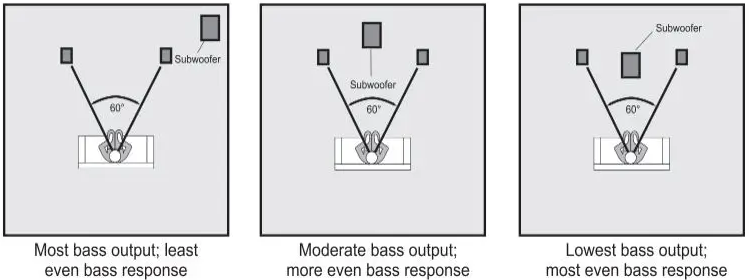
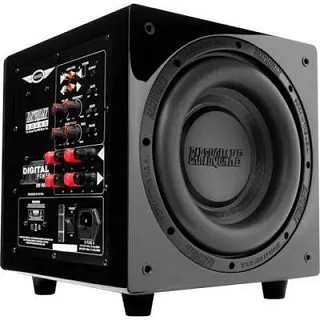
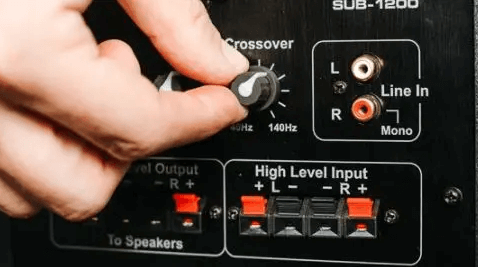
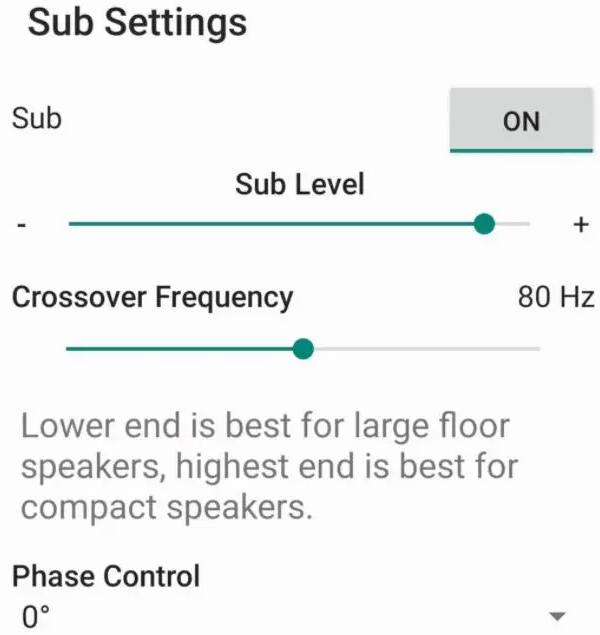
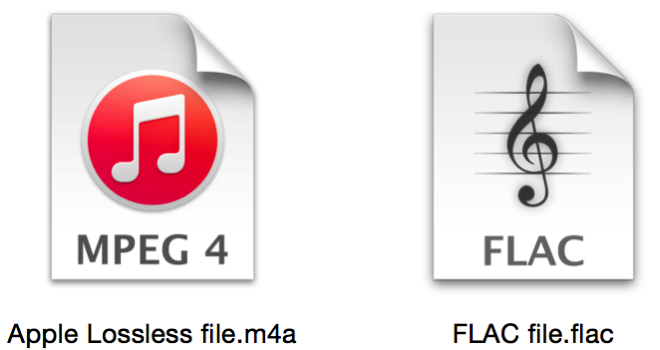
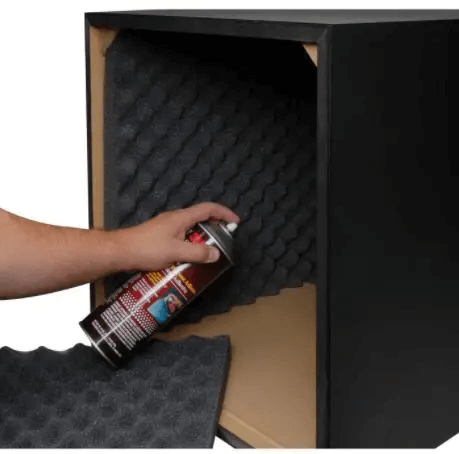
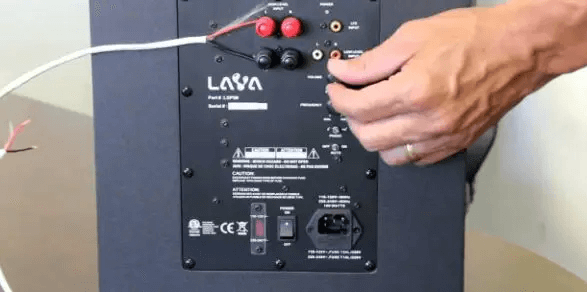
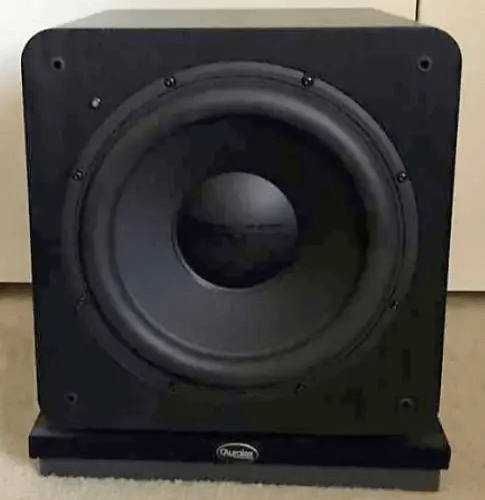
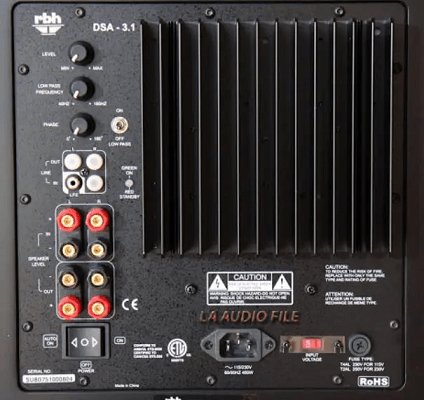
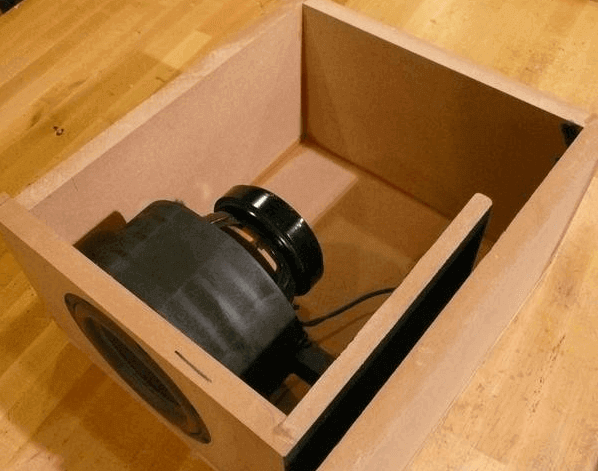
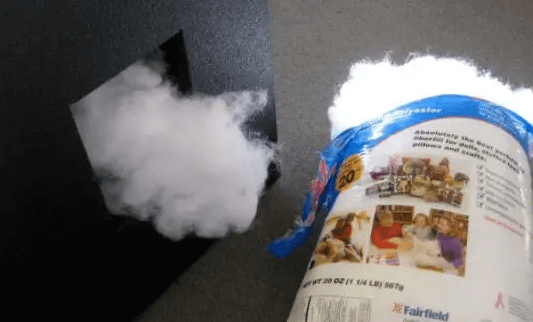
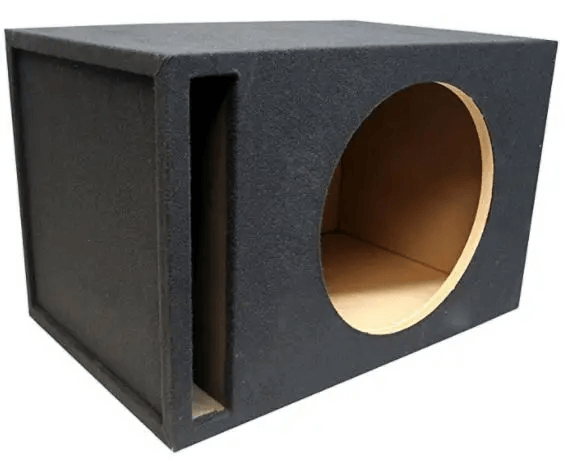


![]()